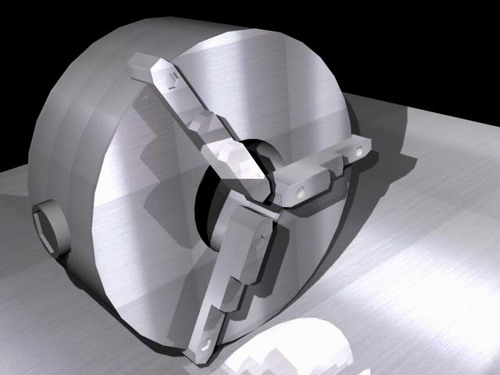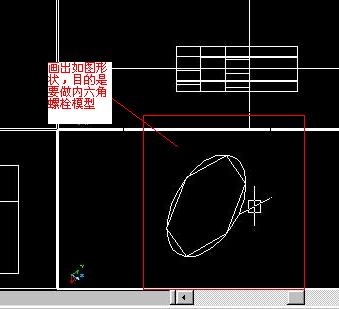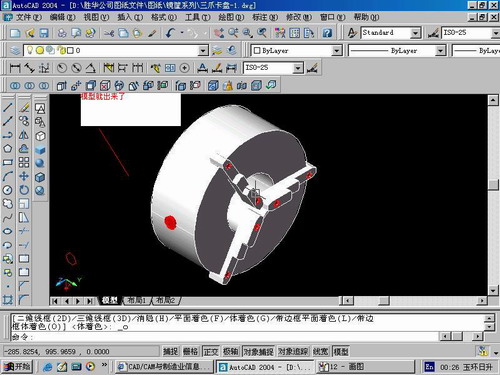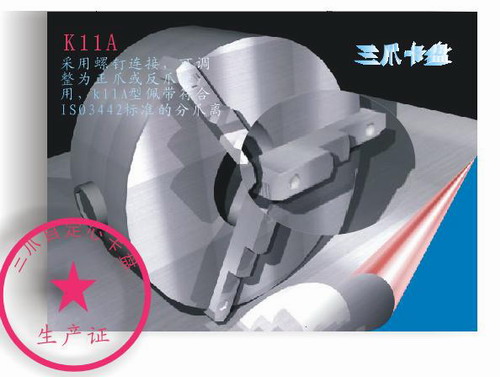1) partial wave adding model


谐波叠加模型
2) harmonic superposition


谐波叠加
1.
Harmonic sources modeling and harmonic superposition simulation of power system with multi-harmonic sources;
多谐波源网络谐波源建模与谐波叠加仿真
2.
The M-File S-function is then employed for both linear filtering and harmonic superposition of time-domain road roughness.
采用M-FileS-函数编程的方法来实现时域路面不平度的线性滤波和谐波叠加模拟生成,使用M-FileS-函数可方便地更改参数(路面不平度等级和车速),并可被Simulink直接调用。
3.
Combined with genetic algorithm, ant colony algorithm is used to optimize the analysis space of superposition for the multi harmonic sources, and evolution ability of genetic algorithm is used to optimize the analysis of harmonic superposition.
将蚁群算法与遗传算法进行融合,以蚁群算法在网络上优化多谐波源谐波叠加分析空间,以遗传算法的进化能力优化叠加分析。
3) harmony superposition method


谐波叠加法
1.
According to the basic theories of harmony superposition method and linear filtering method,the numerical simulation of wind velocity time history for long-span spatial lattice structure was realized by programming with MATLAB language in such methods as harmony superposition method,FFT-updated harmony superposition method,interpolation method,and auto-regressive method of linear filtering method.
根据谐波叠加法和线性滤波法的基本原理,采用MATLAB语言编写程序分别实现了常规谐波叠加法及其改进的快速傅里叶变换算法和插值算法以及线性滤波法的自回归法对大跨度空间网格结构风速时程的数值模拟,并模拟了2个工程实例的风速时程。
2.
The method of HSM-BTI (harmony superposition method including blade-tower interaction) was proposed in this paper.
根据风机结构体型特征和脉动风功率谱特性,研究了叶片与塔架风场的相干性效应,提出考虑叶片与塔架相互影响的谐波叠加法(harmony superposition method with blade-tower interaction,HSM-BTI)。
3.
According to the numerical simulation methods of wind load in the latest years,the development process of the method is expounded,and the harmony superposition method is introduced briefly,as well as the linear filtering method,the wavelet analysis\'s basic principles in the numerical simulation of wind load and some problems existed.
通过对近年来风荷载模拟方法的总结,简单论述了其发展历程,并简要介绍了谐波叠加法、线性滤波法以及小波分析在风荷载模拟中的基本原理以及其中存在的一些问题。
4) harmonic wave superposition method


谐波叠加法
1.
The wavelet coefficients of the measured wind velocity histories and the simulated data obtained by the conventional harmonic wave superposition method are analyzed by statistic methods such as probability density、kurtosis and skewness analysis.
对某200m高的超高层建筑顶层实测风速及用传统的谐波叠加法得到的模拟风速分别进行了静态离散小波变换,通过对小波系数的概率密度、峭度及偏度分析,证明了传统模拟方法不能反映湍流的间歇性及局部自相似性。
5) summation of random harmonic vectors


谐波源叠加
6) wave superposition method


谐波叠加法
1.
Procedure of stochastic sequence of wind velocity is generated by wave superposition method, and time domain analysis is performed on the double-layer latticed shell roof structures of Beijing Laoshan Cycling Velodrome under random wind load.
利用谐波叠加法生成随机序列来模拟风荷载,对老山自行车馆双层网壳屋盖在随机风荷载作用下进行时程分析,并计算其风振系数,以备工程实践借鉴。
补充资料:AutoCad 教你绘制三爪卡盘模型,借用四视图来建模型
小弟写教程纯粹表达的是建模思路,供初学者参考.任何物体的建摸都需要思路,只有思路多,模型也就水到渠成.ok废话就不说了.建议使用1024X768分辨率
开始
先看下最终效果

第一步,如图所示将窗口分为四个视图

第二步,依次选择每个窗口,在分别输入各自己的视图

第三步,建立ucs重新建立世界坐标体系,捕捉三点来确定各自的ucs如图

第四步,初步大致建立基本模型.可以在主视图建立两个不同的圆,在用ext拉升,在用差集运算.如图:

第五步:关键一步,在此的我思路是.先画出卡爪的基本投影,在把他进行面域,在进行拉升高度分别是10,20,30曾t形状.如图:

第六步:画出螺栓的初步形状.如图

第七步:利用ext拉升圆,在拉升内六边形.注意拉升六边行时方向与拉升圆的方向是相反的.
之后在利用差集运算


第八步:将所得内螺栓模型分别复制到卡爪上,在利用三个视图调到与卡爪的中心对称.效果如图红色的是螺栓,最后是差集

第九步:阵列

第10步.模型就完成了

来一张利用矢量处理的图片

说明:补充资料仅用于学习参考,请勿用于其它任何用途。
参考词条